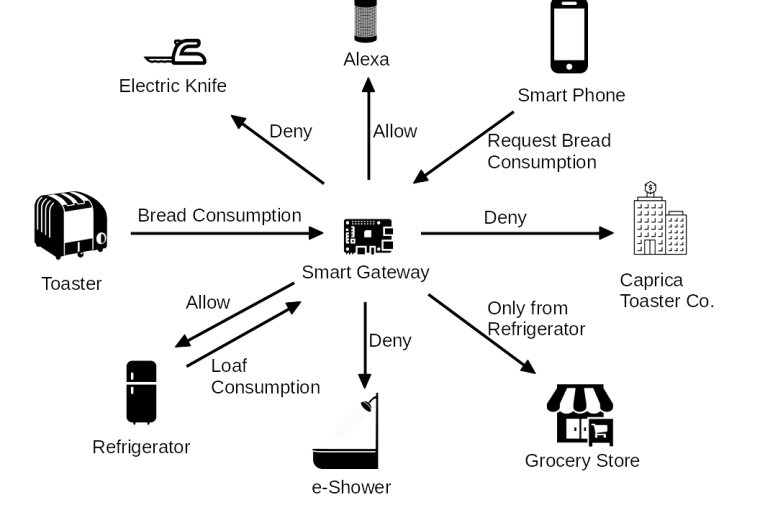Big Data, Cloud Computing, Internet of Things, Technology
IoT Demo: Here
Blog Part 1: Setting the Stage
Blog Part 2: Architecting the Scene
Internet of Things
I believe that the Internet of Things (IoT) is a popular topic, in part, because its science-fiction becoming science-fact. IoT promises all of the conveniences of “The Jetsons” without having to push buttons, while threatening to produce the surveillance states of “1984” or “Minority Report”. Unfortunately, it most likely will give rise to the annoying doorways from Douglas Adam’s “Hitchhiker’s Guide to the Galaxy”, that have micro-transactional charges per use and in-app purchases that “allow” the door to open after 5pm. For our
Analytics & Data Science, Technology, Training
On October 18th, DLT competed at a fun and spirited “Demo Jam” contest during the Red Hat’s public sector annual meeting at Kingsmill. The demo had to be live, no longer than eight minutes and had to showcase at least one Red Hat product. We included nine Red Hat products, plus quite a few other technologies, taking a lighthearted look at the internet of things. Against stiff competition and by audience selection, we won first place! Unfortunately, the audio on any recording of the event itself was drowned out by cheers, tambourines and cow bells,
Open Source
When looking to build a microservice, you may have come across two pieces of advice; start with a monolith, and don’t start with a monolith. For a good number of us developers in the trenches, the point looks irrelevant because we already have a monolith, so one to-do completed and moving on. Not so fast! The discussion goes beyond the greenfield experience of where to start. Instead, within the “don’t start with a monolith” advice
Open Source
With the growing necessity for companies to digitally transform, a lot of emphasis has been given to the microservices architecture, with its improved scalability and distributed design. While these facets may apply to some, adopting microservices is equally about the universal DevOps goals of improving lead times and reducing the batch size of releases, ultimately leading to more flexible and frequent production deployments of higher quality software.




